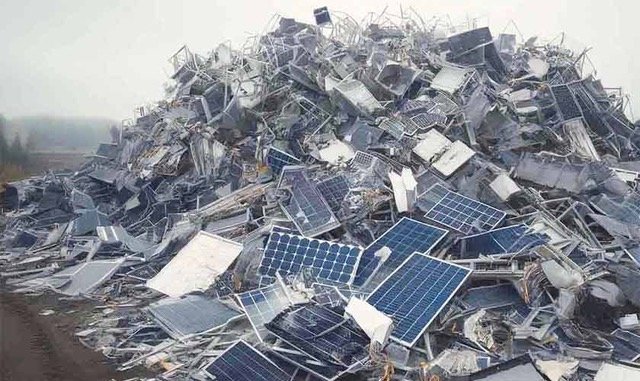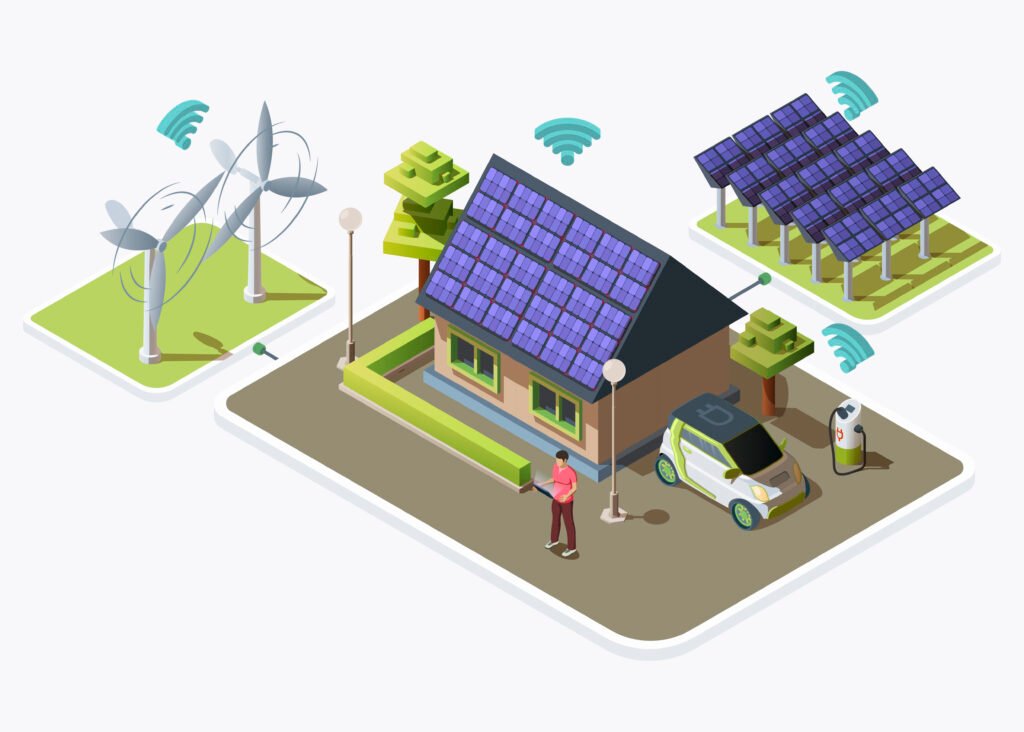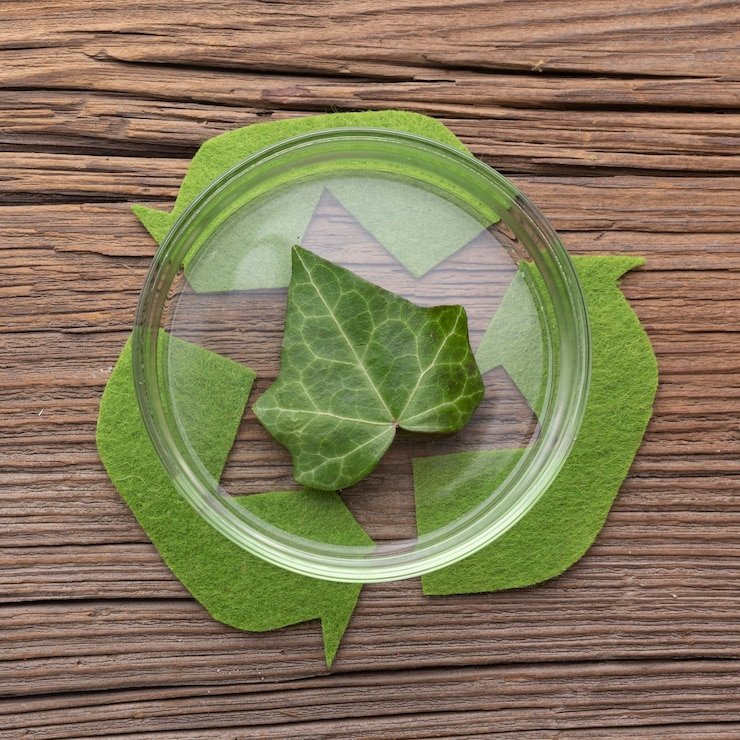The WEEE Directive (Waste Electrical and Electronic Equipment Directive) is one of the clearest examples of how regulation can stimulate an entirely new recycling ecosystem. For the Photovoltaics (PV) sector, it was the single policy shift that transformed PV recycling into a structured, well-funded industry.
WEEE is an EU-wide law that requires any manufacturer or importer of electric and electronic products to take responsibility for the entire life cycle of those products—including end-of-life collection, transport, and recycling. It applies to nearly all electronic categories, from household appliances to IT equipment and, since 2012, solar PV modules. At the core of the directive is Extended Producer Responsibility (EPR), which assigns end-of-life costs to the producer rather than to consumers or public waste systems.
Under WEEE, solar panels must be:
• Registered and tracked when placed on the market
• Financed for future recycling through producer-paid eco-fees
• Recycled according to mandatory recovery targets
The regulation created the foundation for a dedicated PV recycling market as it provides predictable funding for recyclers. Every PV panel sold in the EU carries an eco-fee (typically €0.05–€0.20 per kg, depending on the country). These funds provide specialist recyclers guaranteed financing, stable waste flows and a long-term investment confidence.
A strong incentive for recycling innovation
Because producers must finance end-of-life management, they now have a direct economic incentive to innovate. This drives investment into laser or thermal delamination, improved separation of aluminium, copper, and glass, high-purity silicon recovery and silver, indium, and gallium extraction.
It requires a continent-wide collection infrastructure
The EU’s advantage is not only the recycling plants but also the obligatory logistics system, including collection points standardised transport procedures. This infrastructure matters because PV waste is large, heavy, fragile, and expensive to transport. Most countries outside Europe still lack this.
Mandatory recovery targets
The directive requires recyclers to meet minimum recovery levels of 75–80% by weight for PV modules, plus specific reuse/recycling fractions. This forces recyclers to recycle glass, recover aluminium frames and copper, extract higher-value materials and attempt silicon and silver recovery rather than shredding. Failure to meet these targets means losing certification and losing access to PV waste streams.
It provides reliable market data and planning capability
Producers must report PV sales collected end-of-life volumes etc. These reporting obligations create credible data, enabling an accurate long-term forecast of PV waste and policy planning at both EU and national levels. Despite the infrastructure, PV recycling is not yet profitable. Recovered materials—mainly glass, aluminium, and small traces of metals—rarely cover the cost of complex separation processes. For now, the system is held up by funding, compliance schemes and regulatory pressure. The EU is building capacity before the large PV waste wave hits in the 2030s–2040s, ensuring the market will be ready when volumes rise enough to improve profitability.
MM Markets (mm-markets.com) is tracking developments in PV and solar, we are able to help you navigate the market!




